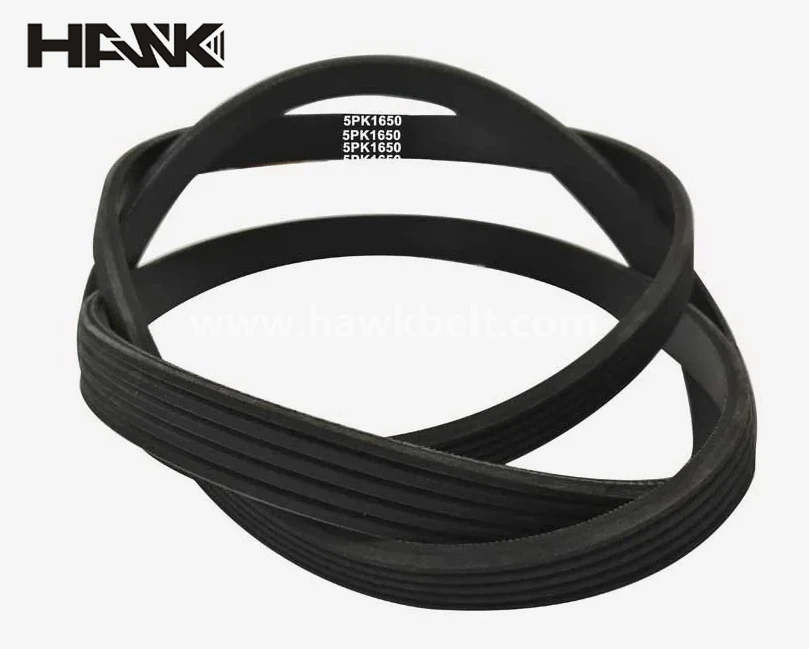- Arabic
- French
- Russian
- Spanish
- Portuguese
- Turkish
- Armenian
- English
- Albanian
- Amharic
- Azerbaijani
- Basque
- Belarusian
- Bengali
- Bosnian
- Bulgarian
- Catalan
- Cebuano
- Corsican
- Croatian
- Czech
- Danish
- Dutch
- Afrikaans
- Esperanto
- Estonian
- Finnish
- Frisian
- Galician
- Georgian
- German
- Greek
- Gujarati
- Haitian Creole
- hausa
- hawaiian
- Hebrew
- Hindi
- Miao
- Hungarian
- Icelandic
- igbo
- Indonesian
- irish
- Italian
- Japanese
- Javanese
- Kannada
- kazakh
- Khmer
- Rwandese
- Korean
- Kurdish
- Kyrgyz
- Lao
- Latin
- Latvian
- Lithuanian
- Luxembourgish
- Macedonian
- Malgashi
- Malay
- Malayalam
- Maltese
- Maori
- Marathi
- Mongolian
- Myanmar
- Nepali
- Norwegian
- Norwegian
- Occitan
- Pashto
- Persian
- Polish
- Punjabi
- Romanian
- Samoan
- Scottish Gaelic
- Serbian
- Sesotho
- Shona
- Sindhi
- Sinhala
- Slovak
- Slovenian
- Somali
- Sundanese
- Swahili
- Swedish
- Tagalog
- Tajik
- Tamil
- Tatar
- Telugu
- Thai
- Turkmen
- Ukrainian
- Urdu
- Uighur
- Uzbek
- Vietnamese
- Welsh
- Bantu
- Yiddish
- Yoruba
- Zulu
نومبر . 24, 2024 01:18 Back to list
Understanding Timing Belts for Interference Engines and Their Impact on Performance
Understanding Interference Engines and Timing Belts
When discussing automotive engines, the terms interference engine and timing belt often come up in conversations about performance, reliability, and maintenance. Understanding these concepts is crucial for car enthusiasts, mechanics, and everyday drivers alike, as they play a significant role in the engine's operation and health.
What Is an Interference Engine?
An interference engine is one where the pistons and valves occupy the same space within the cylinder head. This design allows for more effective engine performance but comes with a significant risk. If the timing belt, which is responsible for synchronizing the rotation of the crankshaft and camshaft, fails, the pistons and valves can collide. This collision can cause severe damage, leading to bent valves and, in some cases, piston damage. The cost of repairs for an interference engine can be substantial, often leading to questions about the engine's reliability and maintenance schedules.
On the other hand, non-interference engines are designed so that the pistons cannot collide with the valves, even if the timing belt breaks. While non-interference engines might not offer the same level of performance, they do provide a safety net against catastrophic engine failure, making them appealing choices for many drivers.
The Role of the Timing Belt
The timing belt is a crucial component of an engine's internal functioning. It connects the crankshaft to the camshaft, ensuring that the valves open and close in harmony with the movement of the pistons. The timing belt must be replaced according to the manufacturer's recommendations, which typically ranges between 60,000 to 100,000 miles, depending on the vehicle. Neglecting to replace the timing belt can lead to catastrophic failure, especially in interference engines.
Signs of Timing Belt Wear
interference engine timing belt

Drivers should be aware of the warning signs that may indicate a failing timing belt. These can include
1. Unusual Noises If you hear a ticking or clicking sound from the engine, it may signify that the timing belt is loose or worn. 2. Engine Performance Issues Difficulty starting the engine or a noticeable decrease in performance can suggest timing belt problems. 3. Visible Wear and Tear If you have access to the timing belt, inspect it for cracks, fraying, or glazing, which can indicate it is time for replacement. 4. Dashboard Warning Lights Some vehicles are equipped with sensors that will trigger a check engine light if they detect issues related to the timing belt.
Maintaining Your Timing Belt
Regular maintenance and inspection of the timing belt are crucial, especially for vehicles equipped with interference engines. Here are some tips to ensure your timing belt remains in good condition
1. Follow the Manufacturer's Schedule Always adhere to the recommended service intervals for timing belt replacement. 2. Inspect Other Components When replacing the timing belt, also consider replacing related components such as the water pump, tensioners, and idler pulleys, as these can affect belt performance. 3. Watch for Leaks Engine oil or coolant leaks can contribute to premature timing belt failure by causing it to slip or stretch.
4. Professional Inspection If unsure about the condition of your timing belt or any associated parts, consult a professional mechanic to evaluate your engine's health.
Conclusion
Understanding the interplay between interference engines and timing belts is vital for anyone who drives a vehicle. The consequences of a timing belt failure can be dire, especially in interference engines where the risk of catastrophic damage is high. Regular maintenance and timely inspections can save drivers significant repair costs and extend the lifespan of an engine. By staying informed and proactive about vehicle care, drivers can ensure that their vehicles remain reliable and efficient for years to come. Remember, a little prevention goes a long way in automotive care.
-
Korean Auto Parts Timing Belt 24312-37500 For Hyundai/Kia
NewsMar.07,2025
-
7PK2300 90916-T2024 RIBBED BELT POLY V BELT PK BELT
NewsMar.07,2025
-
Chinese Auto Belt Factory 310-2M-22 For BMW/Mercedes-Benz
NewsMar.07,2025
-
Chinese Auto Belt Factory 310-2M-22 For BMW/Mercedes-Benz
NewsMar.07,2025
-
90916-02660 PK Belt 6PK1680 For Toyota
NewsMar.07,2025
-
drive belt serpentine belt
NewsMar.07,2025

